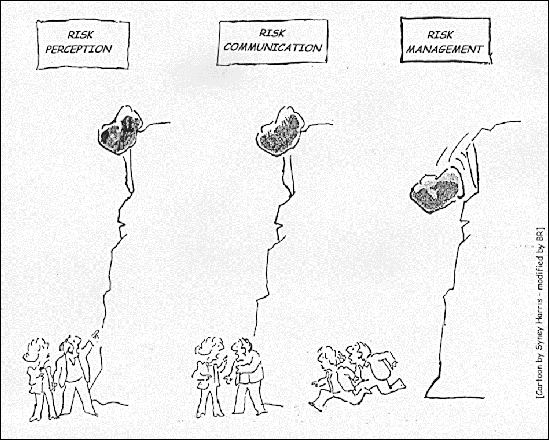ArchivedThis article has been archived and is provided for reference purposes only.
By Karen Edelstein, New York State FracTracker Liaison
One of New York State’s important industries has been the production of salt. Thick, uniform layers of salt were laid down hundreds of millions of years ago when ancient seas covered our region. When the seas receded or dried up, these salt beds were left behind. Beginning in 1812, salt production began along the shores of Onondaga Lake in Syracuse, New York, “The Salt City.” By the mid- to late-1800s, large-scale salt mining operations sprang up across the state; salt was discovered in the strata below Watkins Glen, NY in 1882. Using the process of solution mining, salt was brought to the surface by drilling wells into the Devonian rock strata. Hot water was pumped into the hole, and the resulting brine was brought to the surface to be evaporated. Over time, each bore hole enlarged into a cavern as more of the solid salt layer was dissolved and pumped out. Over time, over 600 brine solution wells have been drilled in New York State.By Karen Edelstein, New York State FracTracker Liaison
Today, salt is mined through more modern-style solution mining that uses sonar and other technologies to predict the inner dimensions and stability of the caverns created by the solution mining. In addition, salt is extracted from the ground as solid halite (primarily for road salt) at the Cargill Salt facility in Lansing, NY, along the shores of Cayuga Lake. The Cargill mine in Lansing is the deepest rock salt mine in North America, with more than 40 miles of horizontal tunnels all 2300 feet beneath Cayuga Lake. 2.5 million tons of rock salt is mined from this facility each year.
In and around Watkins Glen, NY, there are several salt mining operations, all of which are removing salt as brine. The combined layers of nearly pure salt beneath Watkins Glen are about 450 feet thick, and occur between 1500 and 1900 feet below the surface. The large plant at the south end of Seneca Lake is owned by Cargill. Further up the west side of the lake is the US Salt facility. Along this part of the Seneca Lake shore there are 62 brine wells, all but 6 of which are plugged and abandoned. Some of these abandoned wells date from prior to 1900.
But how is salt production tied to gas production? Brine wells have an additional use beyond the production of salt. They are also used for the storage of liquid petroleum gas. Because in its gaseous state, hydrocarbon fuel takes up a lot more space than it does as a liquid, the gas is pressurized for storage, and held underground until it’s ready to be used.
The proposed LP gas storage site, owned by the Kansas City-based company Inergy, is less than 3 miles north of Watkins Glen (population 2200), and will hold up to 2.1 million barrels of LP gas, pressurized at about 1000 psi. The property is in close proximity to existing gas and hazardous liquid pipeline infrastructure.
Soultion Brine Wells North of Watkins Glen, NY. Click on the blue “i” icon and then on one of the map features for more information.
Depending on demand, brine in the well will be drawn down to make room for the additional storage need, and pumped back down during the months of less demand. Critics of the project are strongly concerned about the construction of the impoundment that will contain the brine. Currently, the planned 92-million-gallon (2.19 million barrel) storage lagoon—1000 feet long, 382-608 feet wide and 32 feet deep, will be perched on a steep slope above Seneca Lake, the largest and deepest of the Finger Lakes. A 50-foot high wall on the downward sloping (8-12% grade) hillside will contain the brine.
A recent public information meeting on the project was held in Ithaca, NY on January 27, with presentations by Peter Mantius, a locally-based investigative journalist, and Thomas Shelley, a retired chemical safety and hazardous materials specialist. Mantius, a 3-time Pulitzer Prize nominee, lives in the Town of Burdett, just across Seneca Lake from the proposed LP gas storage facility. Finger Lakes LPG Storage, LLC proposes to construct and operate a new underground liquefied petroleum gas (LPG) facility there for the storage and distribution of propane and butane. The 576-acre site is located on NYS Routes 14 and 14A west of Seneca Lake in the Town of Reading, New York.
Mantius, who published his findings in October 2010 in the online blog DCbureau.org, noted that while LP gas is commonly stored underground, “…salt caverns have been more prone to catastrophic accidents than the other more common types of underground storage for natural gas or liquified petroleum gas, or LPG. A 2008 report by the British Geological Survey cited several salt cavern accidents, including an explosion caused by an LPG leak in Texas that registered 4 on the Richter Scale and killed three people.”
The New York State Department of Environmental Conservation determined that a draft supplemental environmental impact statement (DSEIS) would be necessary for this project, and in advance of that process, published a draft scoping outline to guide the DSEIS on January 5, 2011. Interestingly, at least 2 individuals who own property adjacent to the proposed facility had only learned of the project within days of the January 27th meeting in Ithaca, barely affording them the opportunity to comment on the project within the allotted time window. The public comment period on the scoping document ended on January 31, 2011.
Clearly, there are concerns about catastrophic failures of both the brine pond impoundment, and the stability of the pressurized cavern itself. Education about the project has been strikingly slow to permeate the surrounding rural community and nearby Village of Watkins Glen. We’ll keep following this issue as it develops.

